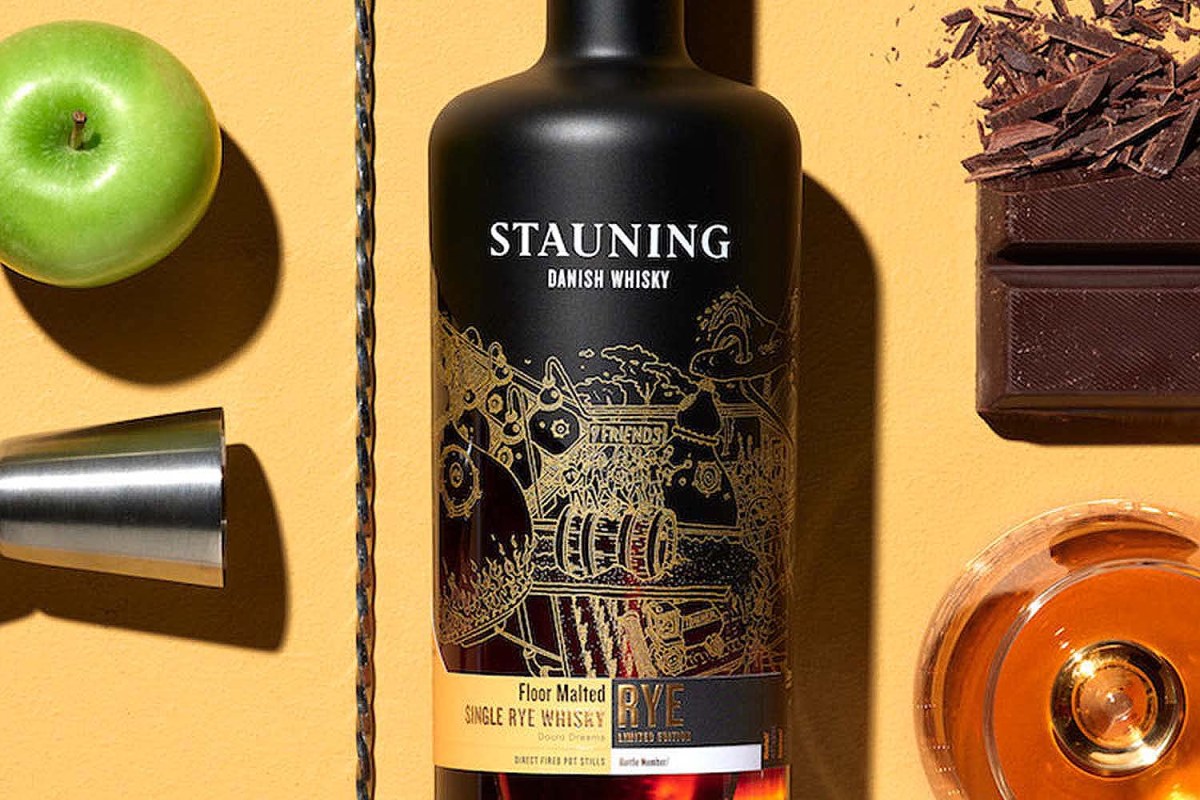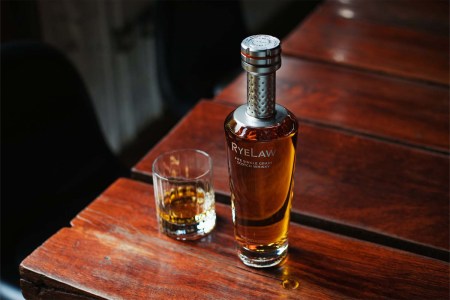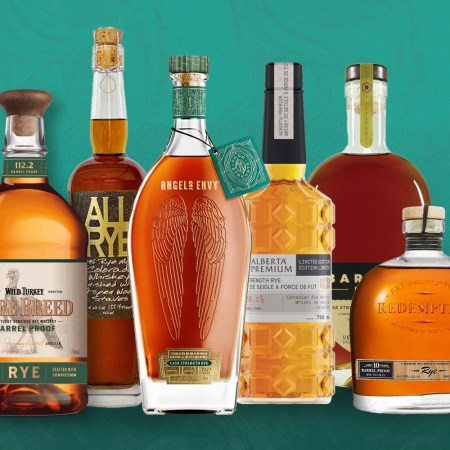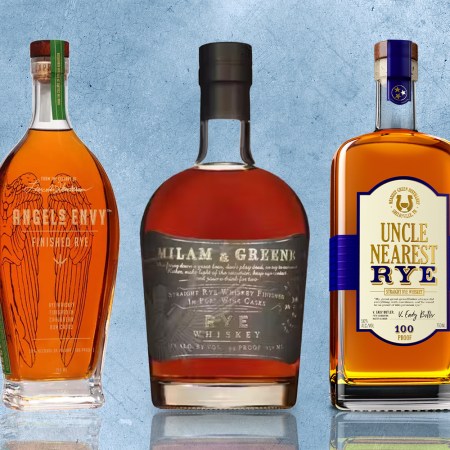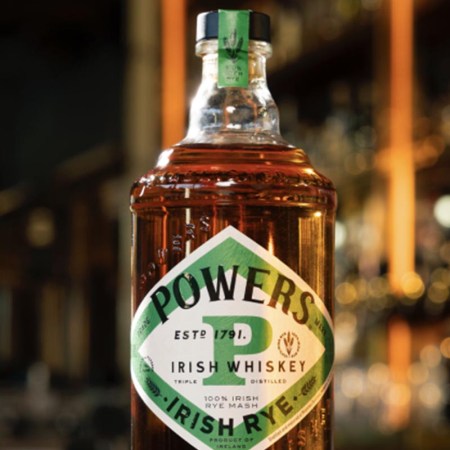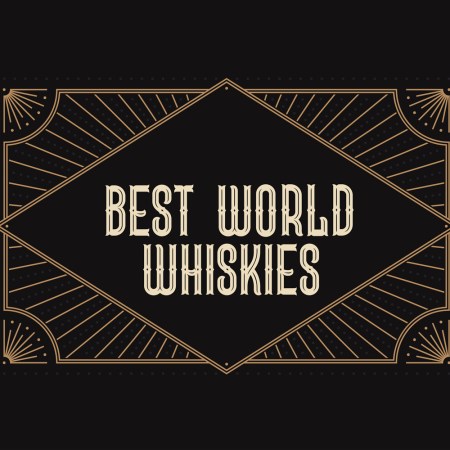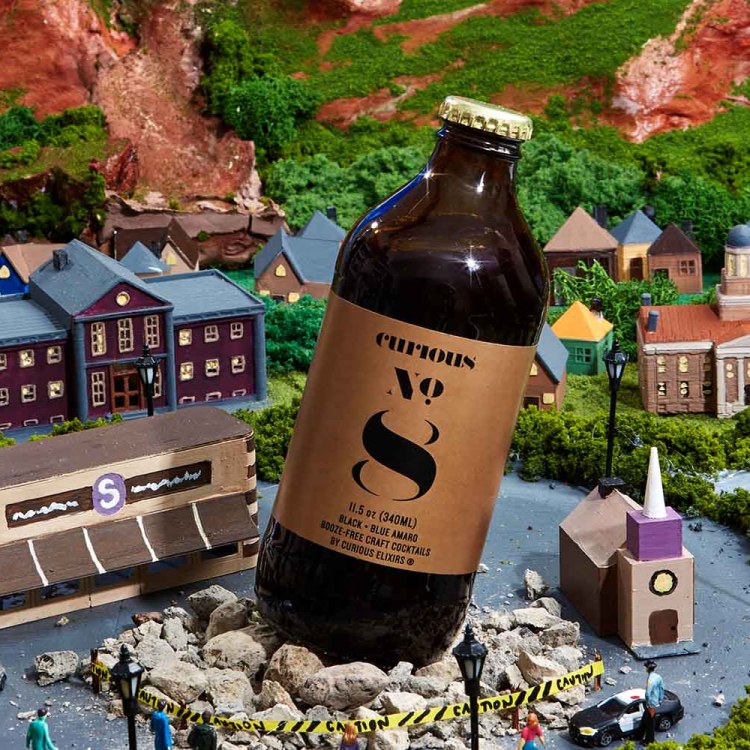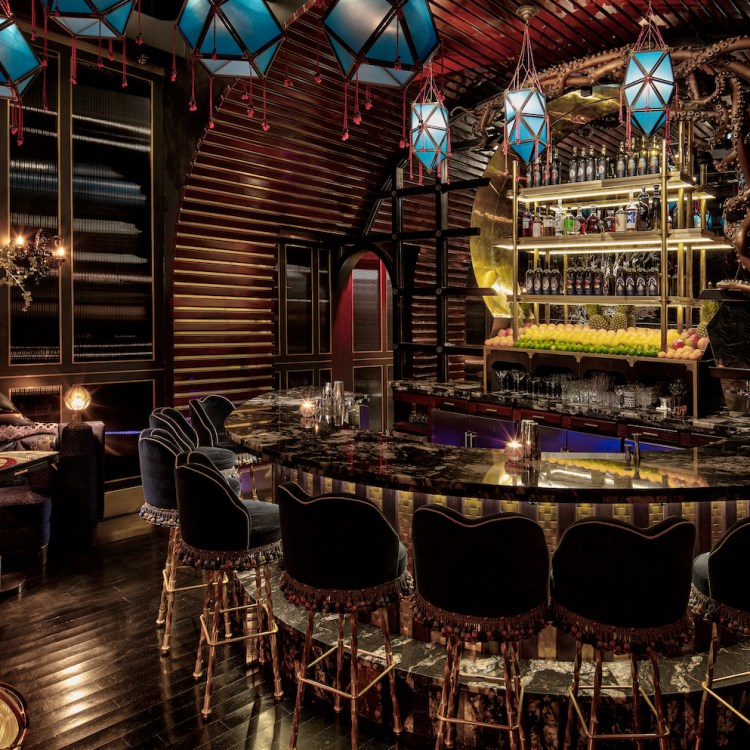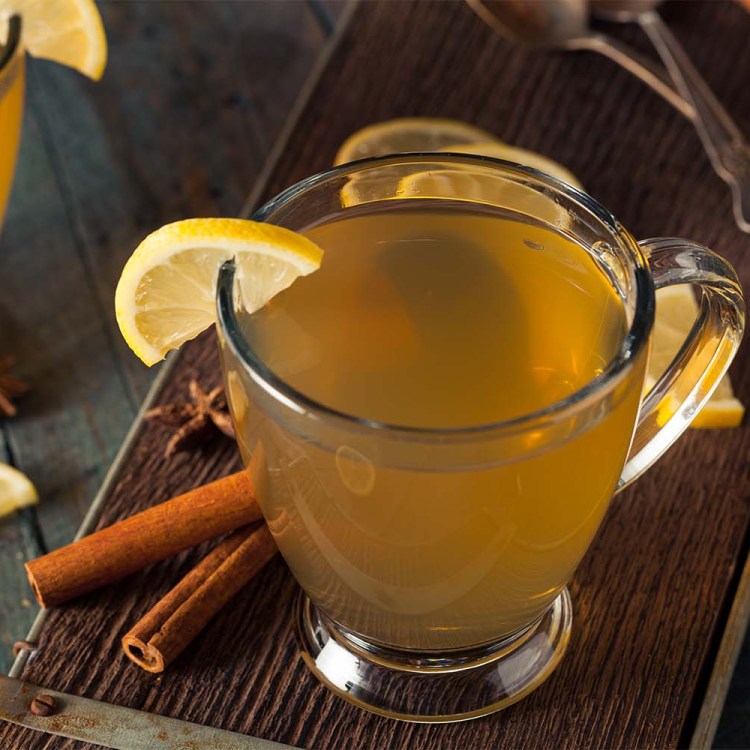Rye is known as the original American whiskey, and for good reason — its history goes back to the colonial era of the mid-18th century, decades before intrepid Kentuckians started making bourbon. Centered in Pennsylvania and Maryland, rye was the spirit of choice in the newly independent nation. Even George Washington himself made the stuff in his post-presidential years. Which is why it’s hard to believe that at the turn of the 21st century, rye was, if not on life support, definitely in a hospital bed with a breathing tube up its nose.
The reasons for its long decline are many, from rye grain being much trickier to work with than corn to the rise of lighter, cleaner spirits like vodka. But in the last 15 years or so, the rye revival has taken wing, as bartenders rediscovered vintage rye cocktails and more distilleries new and old started making the stuff.
How Scotch Distilleries Are Experimenting With Rye
There’s a history of rye in Scotland’s whiskies, but distillers need to overcome outdated regulations and ingrained perceptionsOf course, rye whisk(e)y hasn’t always been an exclusively American notion. North of the border, lighter blended ryes from Canada like Canadian Club and Crown Royal dominated the American whiskey market for decades after Repeal. And today, as American rye makes a comeback, distilleries all over the world are getting in on the act, from countries you’d expect (Denmark and Finland make fantastic rye bread, so it only makes sense; rye has a history in Scotland) to more unlikely suspects (there’s a rye from India!). Each one brings something new to the table, and none of them really fit the big, bold, spicy profile of so many modern American ryes. Here are a few of the most noteworthy.
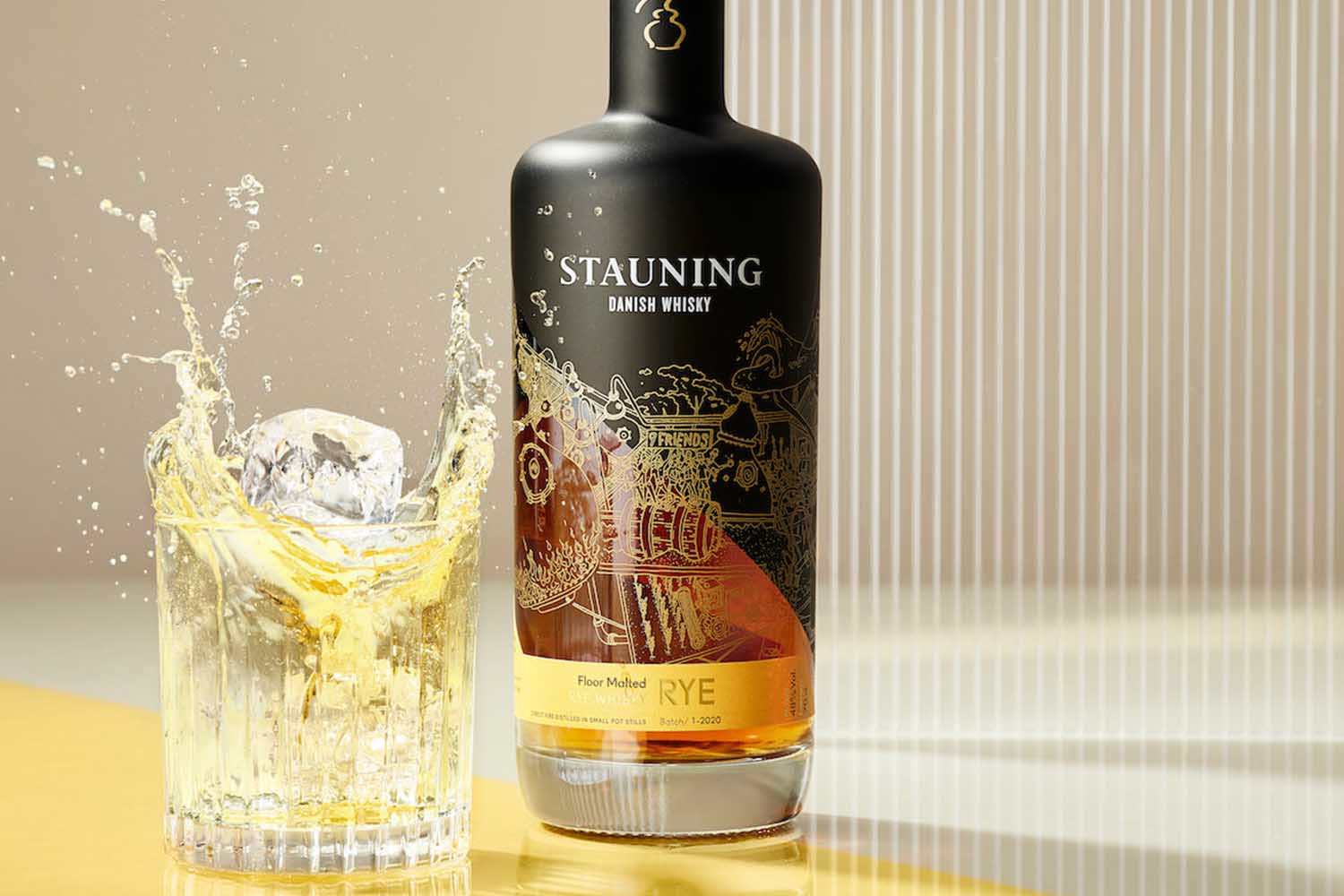
Stauning Core Edition (Denmark)
Danish rye bread is sublime, so it only makes sense that Danish rye whisky is pretty terrific. Stauning has been around since 2005, making it one of the older Nordic distilleries. They use only locally sourced rye and barley and malt it themselves. Aged for three to four years in American oak and bottled at 48%, it’s a cold weather delight, redolent of baking spices, jammy fig and apricot with a hint of roasted tea leaves.
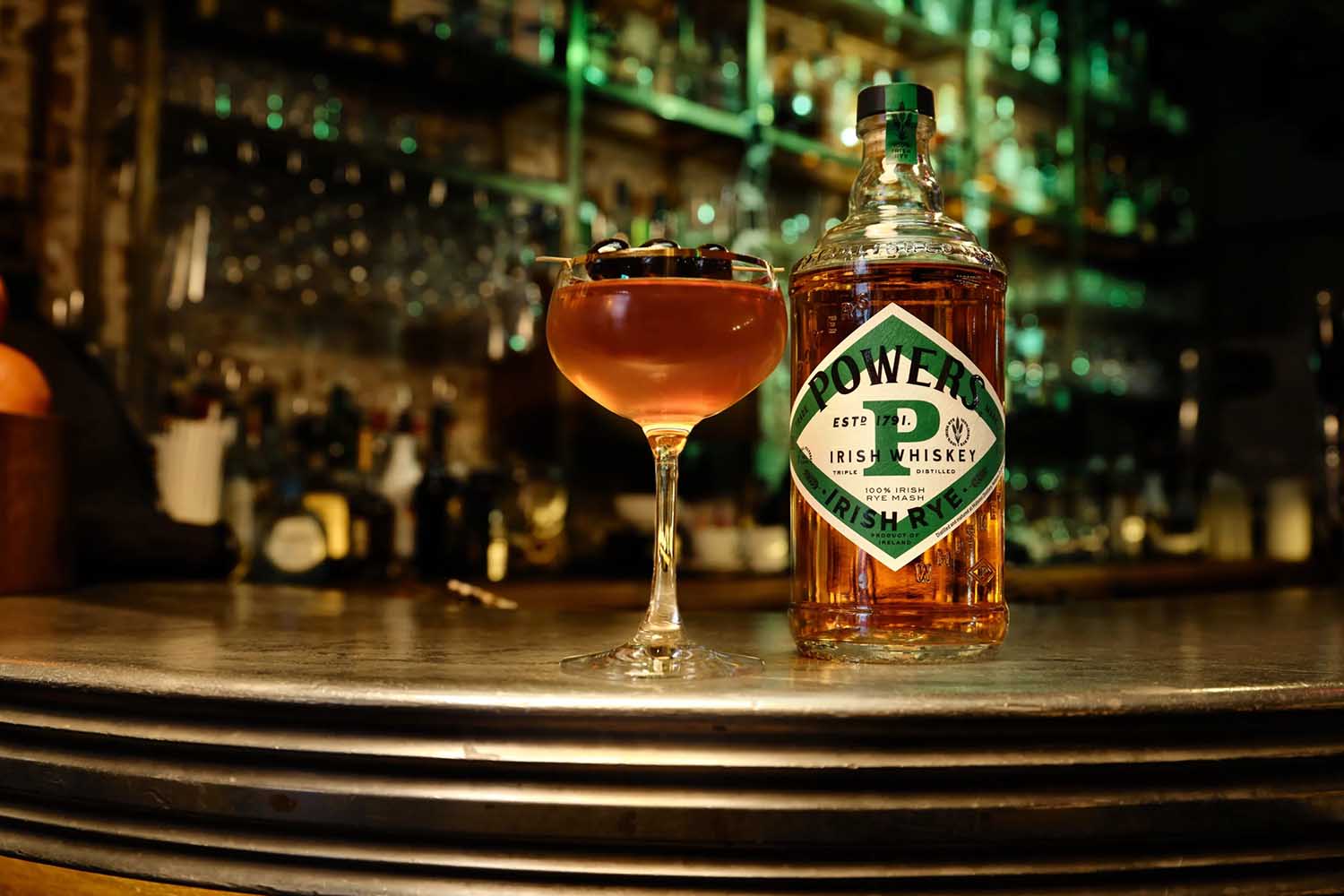
Powers Irish Rye (Ireland)
Powers has quite the history with traditional Irish whiskey, with its Johns Lane distillery dating back to 1791. The brand’s Gold Label expression, debuted in 1886, was the first whiskey bottled in Dublin. But they haven’t stood still, with a clutch of new expressions released in the past several years. The most out-there of the bunch is the first 100% rye whiskey ever distilled in Ireland. Using Irish rye, the new Powers release is triple-distilled (as is the custom for most Irish whiskeys) in copper pot stills and bottled at 43.2% ABV without chill filtration. It’s an appealing mix of spice and fruity sweetness, with hints of tropical pineapple, coconut and mint. It’s quite light, as befits an Irish whiskey, but it also works well in cocktails, especially spirit-forward drinks like an Old Fashioned or Manhattan.
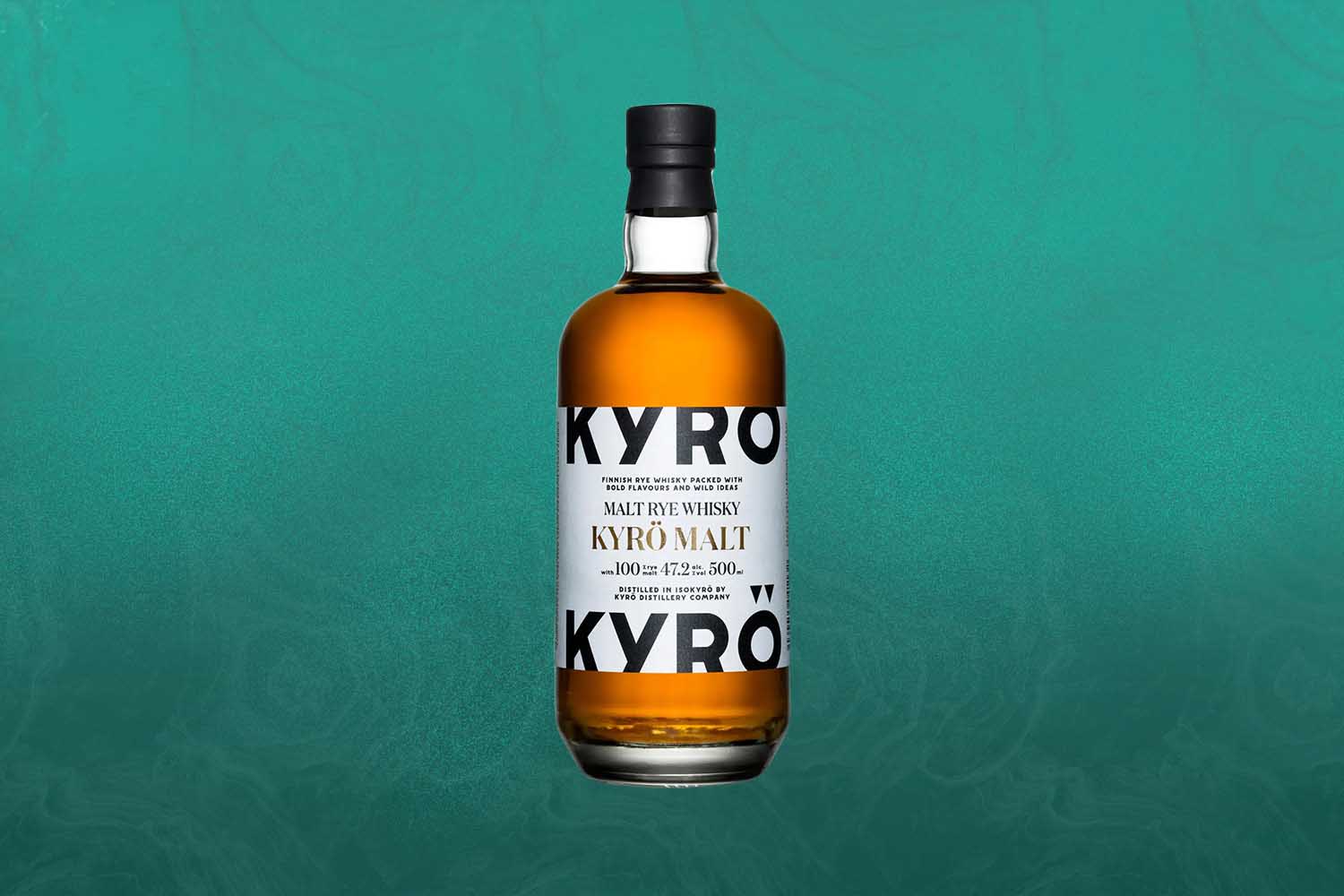
Kyrö Malt (Finland)
Finland has been making its internationally famous rye bread for millennia, but it’s only in the last few decades that Finns started using the grain to make whisky. The Kyrö distillery has been in business making rye since 2014. Their Kyrö Malt is made from double pot-distilled 100% malted Finnish rye, aged in American oak for an undisclosed length of time and bottled at 47.2% ABV. It resembles a Maryland-style rye with sweet jammy notes and rye bread undertones, but the spice on the finish is more akin to a Pennsylvania rye. Put the two together, and you’ve got something distinctly Finnish and well worth your time in a cocktail or on its own.
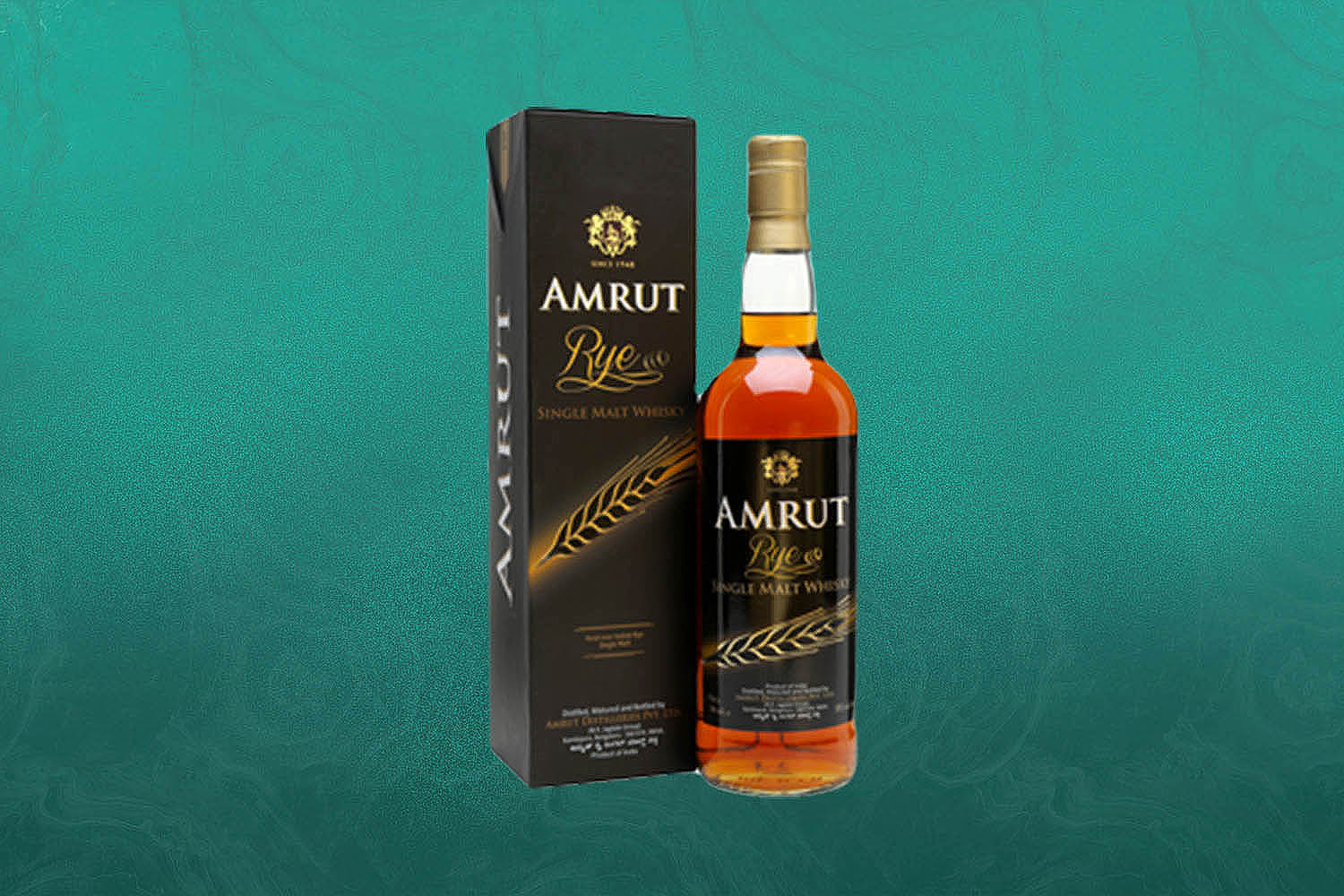
Amrut Rye (India)
Given that rye is a cold-weather crop, the thought of rye coming from one of the hotter regions on the planet would seem to be a non-starter. That said, India is pretty enormous, and rye is grown in the northern part of the country, but Amrut sources its rye from Europe, as the native-grown rye is used as a food source. Distilled from 100% malted rye, this one is aged for five years in American oak, but the age statement is misleading — because of the extreme climate in India, five years in the barrel can be the equivalent of 10 or greater in the more temperate climes of Kentucky. Bottled at 50% ABV, this is a surprisingly delicate dram, with a floral and fruity aroma and more fruits on the palate, namely apples, pears and a hint of pineapple.
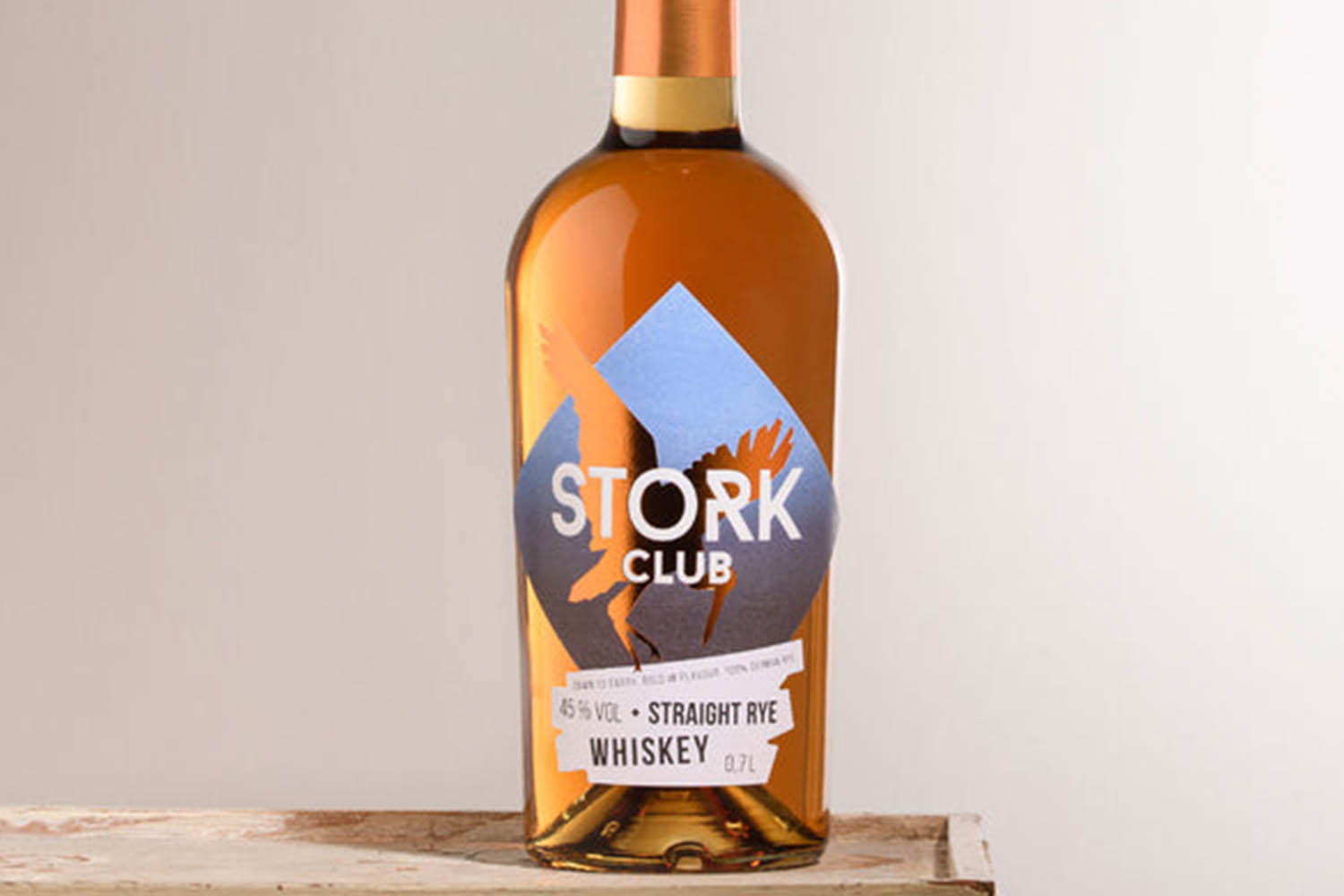
Stork Club Straight Rye Whiskey (Germany)
Stork Club’s name and retro bottle design evoke post-Prohibition America, but the whiskey is German through and through. Based south of Berlin, the distillery produces several ryes including a “Smoky Rye” partially aged in Laphroaig whisky casks. The flagship expression uses 100% German rye, which makes sense considering that many American rye brands source their grain from Germany. Aged for an undisclosed time in a mix of German and new American oak, it’s bottled at 45% ABV and advertised as “The Cocktail Rye!” It does make a nice highball (their suggested serve), but it’s also very tasty in a Manhattan or neat, with notes of toffee, dark chocolate, dark fruit and baking spices with a fair helping of peppery heat.
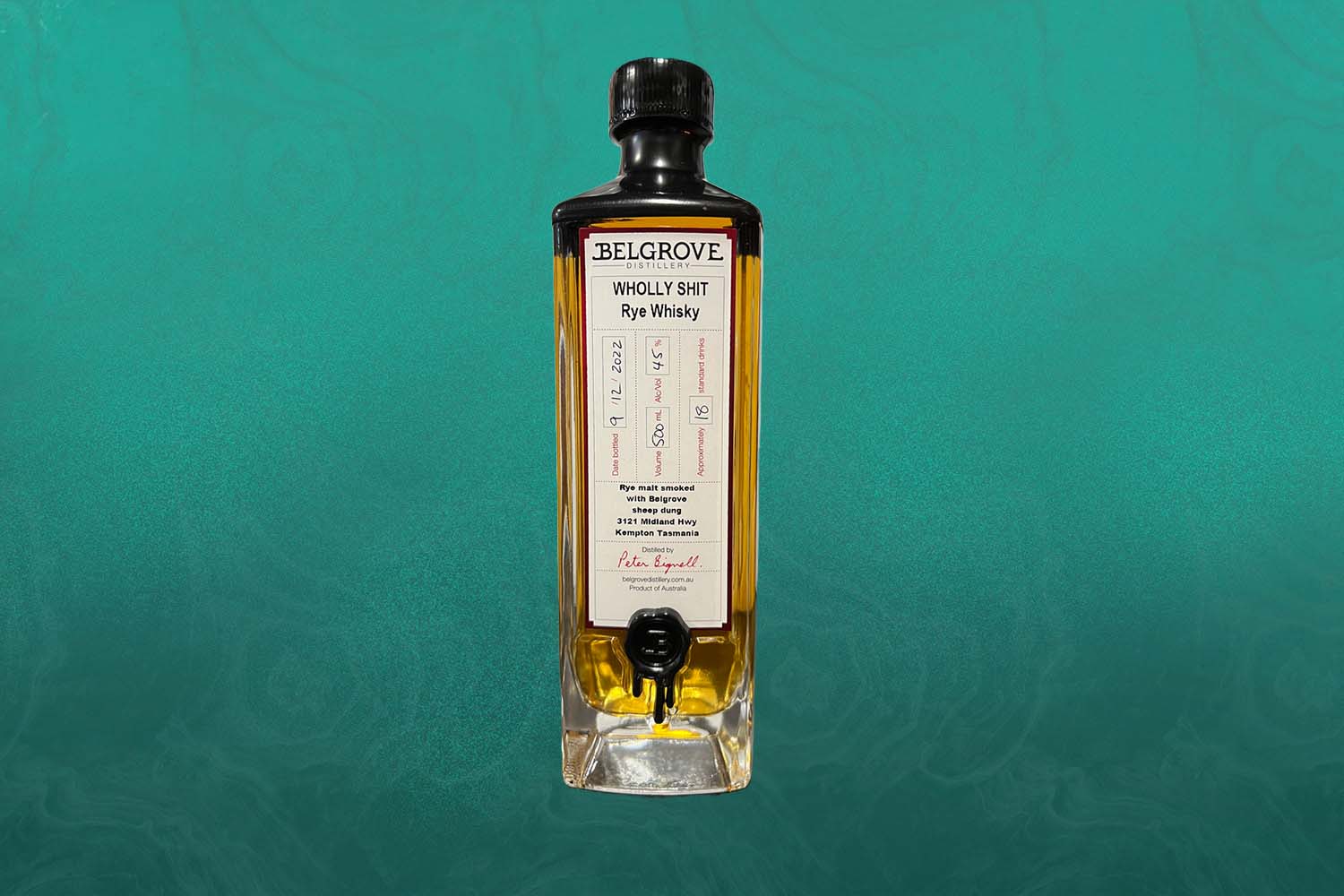
Belgrove Distillery Wholly Shit (Australia)
Leave it to the Aussies — Peter Bignell, in particular, whose Tasmania-based Belgrove distillery is one of the world’s most earth-friendly. From heating the still with used cooking oil to collecting rainwater from the roofs to make the whisky, Belgrove’s should be a blueprint for indie distilleries everywhere. Bignell’s rye is grown on his farm where the distillery is located, so the spent mash is used to feed the sheep that graze there. And in a truly inspired example of “waste not, want not,” the, um, excretions of the sheep are used to smoke the malted rye. After all, dung and peat are essentially the same thing: partially decomposed vegetation. Aged for about three years and bottled at 45% ABV, it’s said to taste a little grassy, chocolatey and spicy. It’s not cheap (bottles typically run for $200 and up), but as a conversation piece, it’s priceless (note: Belgrove has a roster of poop-free ryes as well).
Every Thursday, our resident experts see to it that you’re up to date on the latest from the world of drinks. Trend reports, bottle reviews, cocktail recipes and more. Sign up for THE SPILL now.
